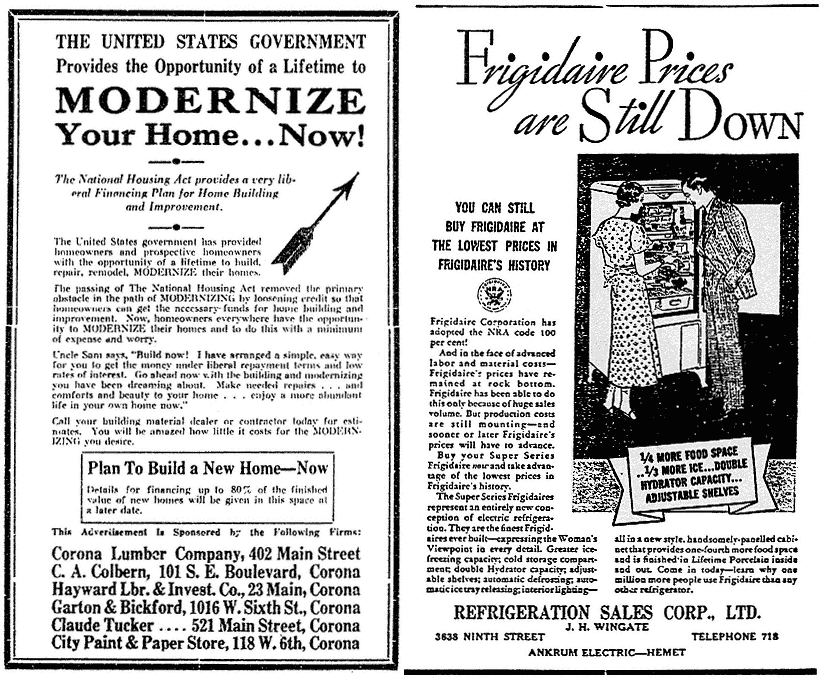
I was talking to someone just the other day who argued that instead of worrying about material waste or fossil fuel consumption, we should focus on (i) figuring out how to mine asteroids, which will provide us with practically infinite raw materials, and (ii) developing nuclear fusion or really effective solar, which would provide us infinite sources of energy.
This was not a joke, but a serious argument from someone I deeply respect, effectively saying that: yes, asteroid mining and fusion are really hard technology problems, but ultimately the technological pursuit of infinite resources is easier than figuring out how to fairly allocate finite resources across the human population.
I think part of the appeal of this argument is the fallacy that it will hold because it has always worked before. We’ve escaped every Malthusian trap we have encountered so far.
The original catastrophe anticipated by Thomas Malthus in 1798 (the namesake for this concept) was that population growth would outpace agricultural production, food would become the ultimate scarce resource, and many people would starve as a result.
Technological improvements in agriculture helped us escape the catastrophe Malthus anticipated, and, similarly, technological innovations have enabled us to break through other bottlenecks to growth we have anticipated (eg, with improvements in efficiency of fossil fuels and alternative sources of energy). But we should not have a blind faith that we can treat resources as infinite simply because we have used technology to escape Malthusian traps in the past.
Another fallacy embedded in the ‘technology is the solution to scarcity’ argument is that inventing the technological capacity to extract resources at levels necessary to meet aggregate demand will be sufficient to help everyone escape the trap.
Take the example of food production – while we do produce enough food to feed the current human population, about 10% of the world remains malnourished. We have the production capacity, but have not figured out the allocation part of the problem, which sort of both confirms that the idea that the technology is easier than the allocation (score one for asteroid mining) but also suggests that figuring out the technology is not a substitute for figuring out the allocation (score one against asteroid mining).
Yet we still very much cling to the idea that a rising tide lifts all boats and growing the economic pie guarantees more pie for everyone.
This brings me with the final fallacy I want to address, which concerns how we measure the growth of the pie.
In America, the narrative of the infinite frontier has always played a critical role in enabling us to sidestep problems of allocation. The slick rhetorical move that has happened is (i) demonstrating that some types of innovation actually do grow the pie for everyone and then (ii) developing a measure of growth – per capita GDP – that can record this type of growth…. but, at the same time, (iii) allowing our growth metric to conflate the type of growth the results from growing the pie with the type of growth that results from a zero sum transfer from one portion of the population to another.
Consider the westward expansion of the United States, which resulted in the extraction of huge amounts of new resources that contributed to national economic growth. Was this actually growing the economic pie, or was it simply a transfer of natural resources from an indigineous population that did not measure the economic value of resource extraction to a regime that did?
Or, consider the production of the new backpack vs the repair of the existing backpack. How much of this economic efficiency depends on a transfer of material resources from a future generation to our current generation?
This accounting maneuver is convenient when you are a member of the country and the generation doing the looting, but not so convenient if it’s your pie that is being stolen.
In the US, we’ve had an abundant supply of frontiers to exploit in this manner and a good run of what has looked like growing the pie (by the measures that we use).
After exhausting the potential for Westward expansion, we landed on a set of opportunities presented by the Industrial Revolution – many of these were really technological opportunities for increasing productivity leading to real growth (which was captured largely by capital owners).
But then we sort of hit a wall with the Great Depression, we ran out of frontier. As a result, we landed on a genius bit of macro economic policy that we relied on for the most of the last century – the creation of what is arguably the only infinite frontier we know of: consumption.

Driving consumption is one of the key ideas Keynes mentioned in his open letter to FDR in 1933:
The object of recovery is to increase the national output and put more men to work. In the economic system of the modern world, output is primarily produced for sale; and the volume of output depends on the amount of purchasing power, compared with the prime cost of production, which is expected to come on the market. – Keynes’s open letter to FDR
During the New Deal, the National Recovery Administration orchestrated a “buy now” PR campaign as part of their economic policy:
The National Recovery Act provided a new context for buying appliances. In the 1920s, advertisers conservatively pitched electrical appliances as labor-saving devices for the housewife. The NRA directed its ‘buy now’ campaign specifically at the housewife, but few persons wanted to save labor now. They wanted to labor for pay. So a new theme appeared beside the old: buying an appliance was not only good for you, but good for your community. One newspaper quoted Hugh Johnson as saying, “the housewives of the country, the purchasing agents who spent 85 percent of the family income, will realize that now is the time to buy, not only to save money but also because every dollar spent now is helping to keep the wage-earner in her family on a payroll. For four years the American consumer has been skimping, putting off buying more than bare necessities until ‘better times.’ Better times are here.” – Technology as Freedom

What is interesting to me, looking at the language here, is this idea that there was a shortage of demand for labor – few households wanted to “save labor” – rather, they wanted wages (and, in turn, they wanted labor that would result in wages).
Productivity growth had outpaced demand for labor, so the government felt it needed to encourage consumption and consumerism, which in turn would create demand for labor.
The way we dealt with the oversupply of labor seems to me a bit unnatural compared to an alternative strategy we might have used. Instead of manufacturing new consumer desires to manufacture more demand, we might have taken advantage of the productivity gains (captured as capital profit) and distributed them more broadly to the entire population by reducing hours in the work week.
Up next, the final part of this essay:
Subscribe to get notified when I post more essays.